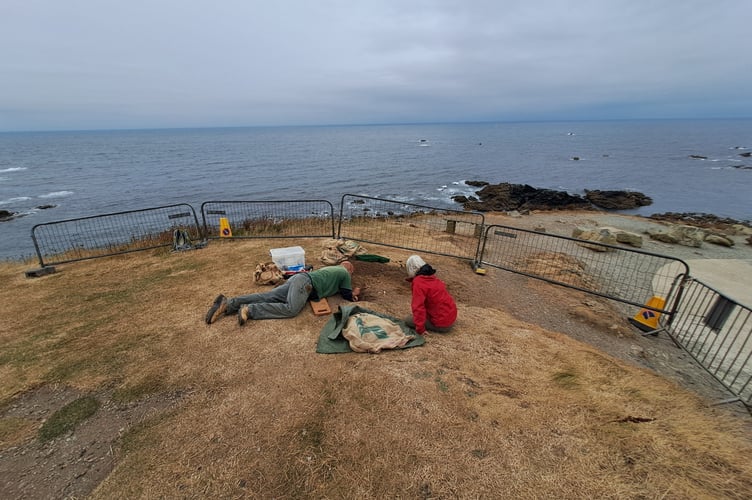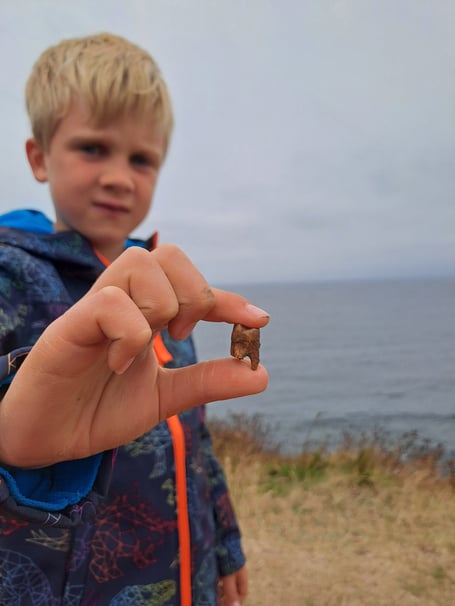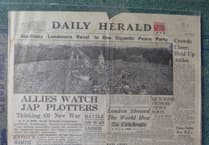A TEAM of archeologists have been seen at the Lizard Point in Cornwall recently after suspected “humans remains” were discovered.
Arthur Emonson, seven, found what he believed was a shark tooth, however, this later turned out to be something altogether more important and has led to the potential discovery of a prehistoric human burial site.

Excavations are underway after Arthur found the historic tooth that was later identified as human.
Upon discovering his treasure, he showed it to Ken Wallace, a volunteer for the National Trust who was on site at the time.
It just so happened that Mr Wallace was a retired dentist and he was able to quickly identify the find as a human tooth, rather than shark.
Following police inquiry, it has since been confirmed as an archaeological find and further exploration work is now underway at Lizard Point.
The National Trust is now investigating the site amid early reports it could have been a prehistoric burial mound or "barrow".
It is understood fragments of jaw bones, teeth and a skull of at least one individual have already been found there.
Initially it was thought that at least one of the bodies was prehistoric.
However, further excavations have uncovered what the National Trust called a "very complex site", with more work needed to understand how many people are represented and the periods of their burial.
Archaeologist Jim Parry said: "We will record as much as we can before it's lost and, hopefully in the near future, return to the site to excavate a wider area to fully understand the scale and nature of the monument in which the remains were buried."
The National Trust said the remains were due to be sent to an osteoarchaeologist, a specialist in human remains, for detailed analysis.
A sample would also be sent for radiocarbon dating, the charity added.





Comments
This article has no comments yet. Be the first to leave a comment.